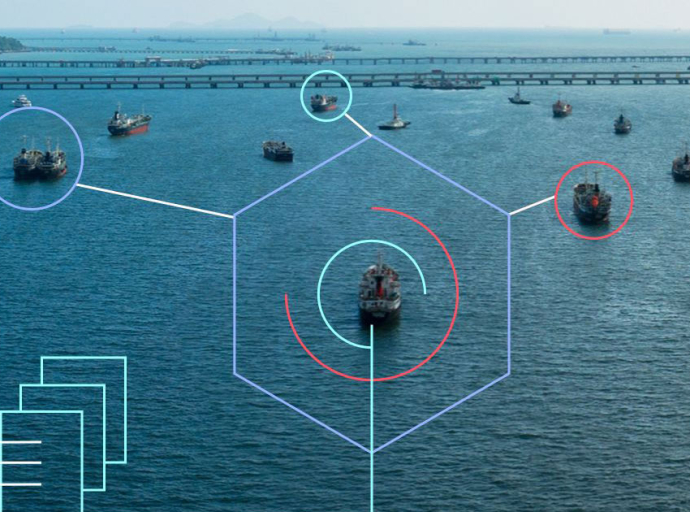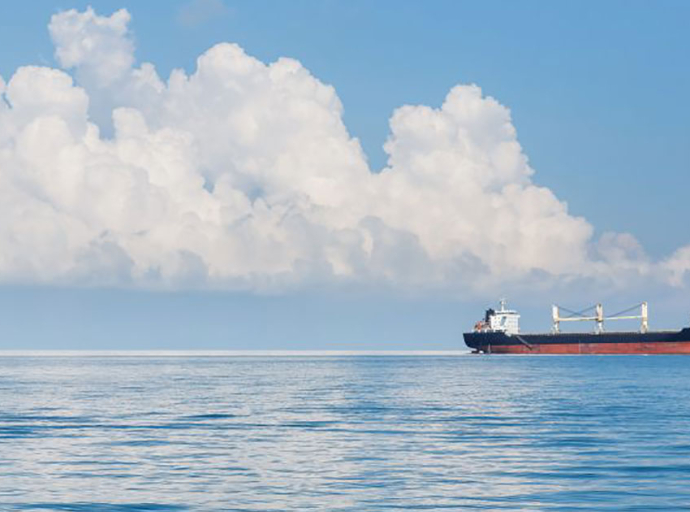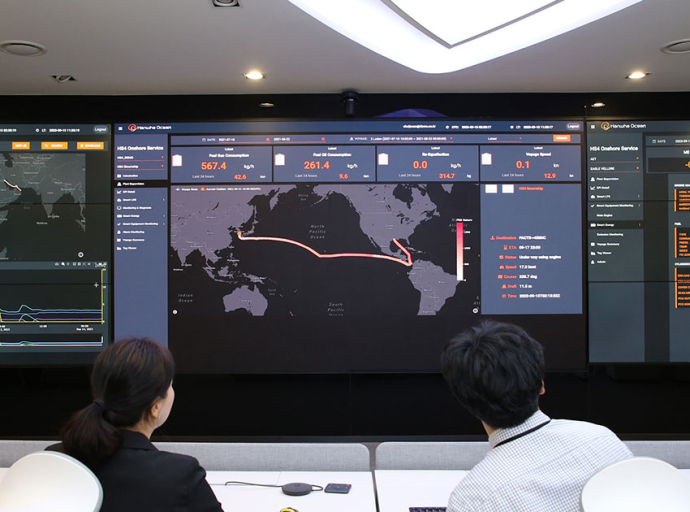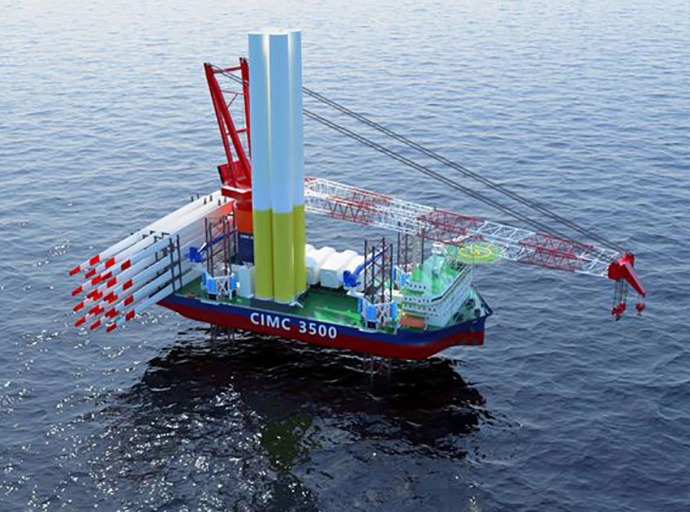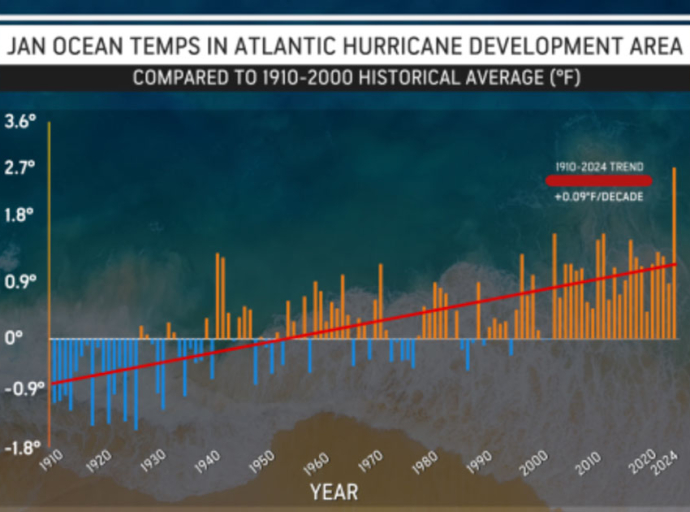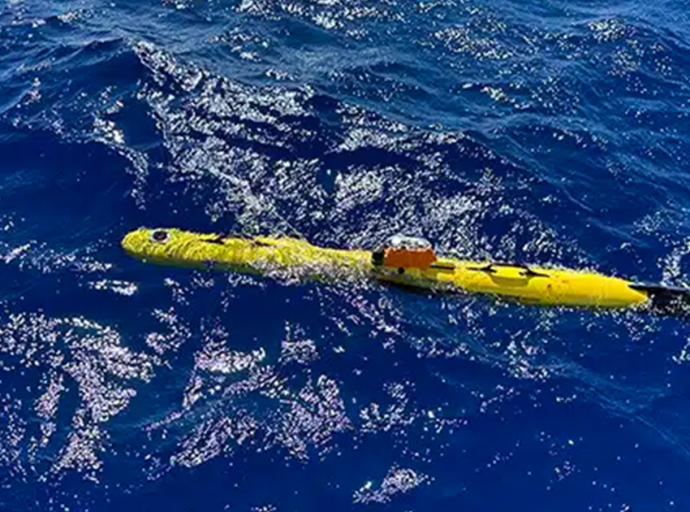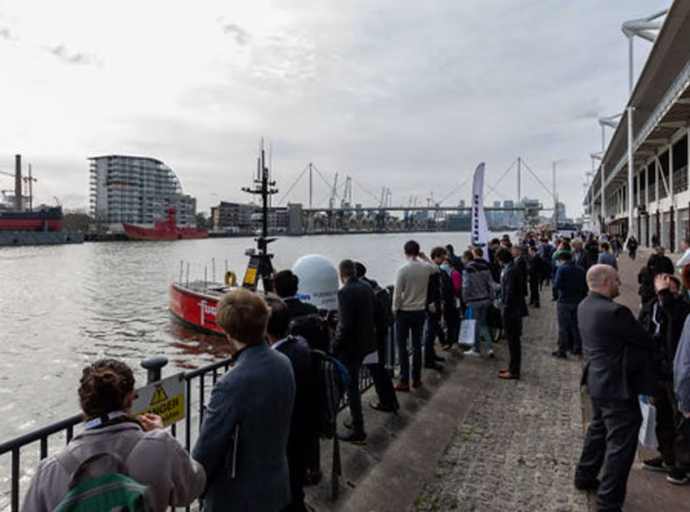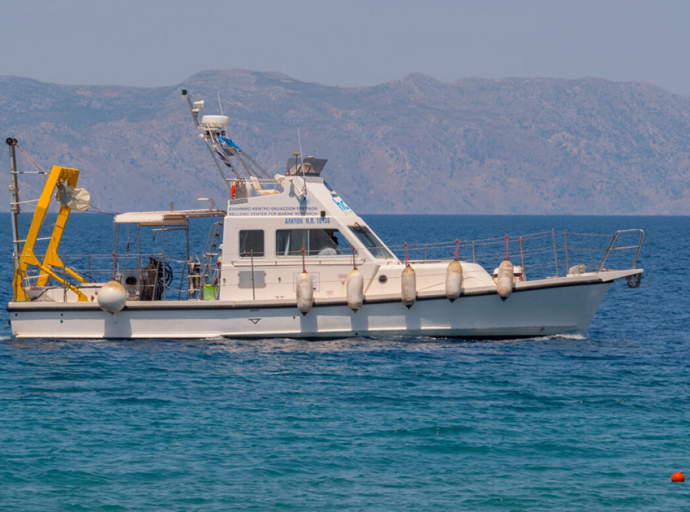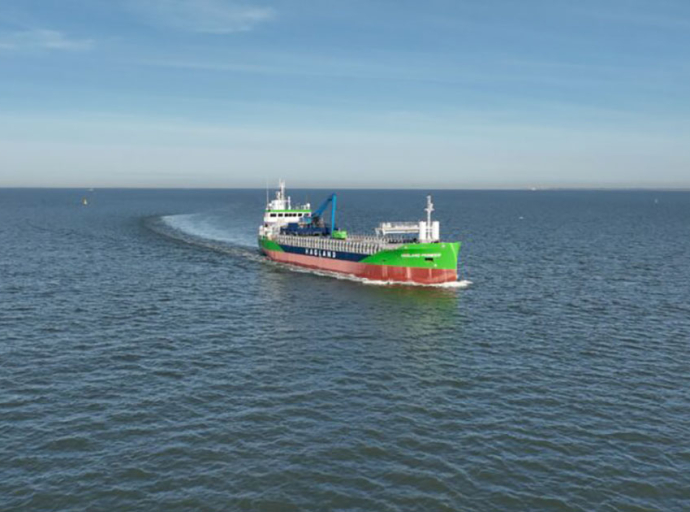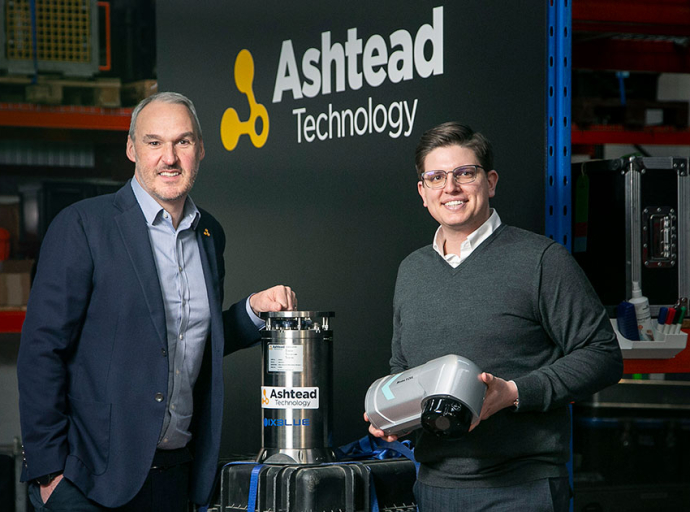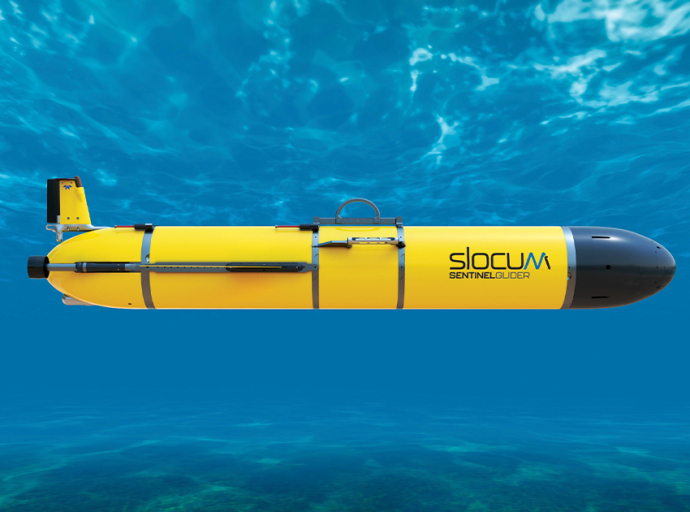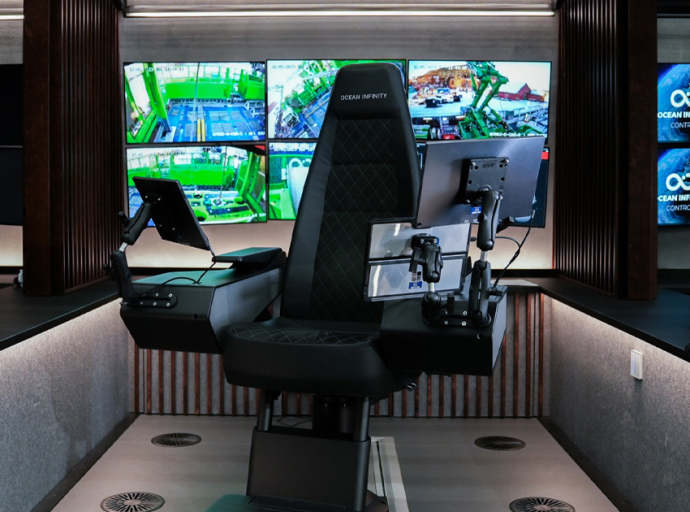Comprehensive analysis by maritime technology company Orca AI shows that its market-leading automated situational awareness platform achieved significant operational gains for clients in 2023, including a 172,716-tons reduction in CO2 emissions and fuel savings, thanks to fewer sharp maneuvers and speed drops, as well as an overall reduction in the number of potential incidents and collisions avoided.
Science & Technology
All Stories
Spire Global, Inc. (Spire), a leading global provider of space-based data, analytics and space services, has been awarded two framework contracts by the European Maritime Safety Agency (EMSA) with a maximum overall budget of €8.4 million. Concurrent with the framework award, Spire received two specific awards that total multi-million euros under the framework contracts. Under the contracts, Spire will provide space-based automatic identification system (SAT-AIS) data services for ship tracking over a four-year period, including real-time, standard, and high-density backup SAT-AIS. Spire has provided satellite AIS data to EMSA since 2020.
UTEC, a geo-services brand in Acteon’s Data and Robotics division conducted a day of Gavia autonomous underwater vehicle (AUV) trials off Fremantle in Western Australia. The AUV has recently undergone significant upgrades and the addition of new modules including the subsea ultra-short baseline (USBL) aiding the vehicle inertial navigation system (INS) positioning.
Developer of maritime battery systems EST-Floattech receives an investment of four million euros from Energy Transition Fund Rotterdam and existing shareholders Rotterdam Port Fund, PDENH, Ponooc, and Yard Energy. This was announced by Chantal Zeegers, the Alderman for Climate, Building, and Housing in Rotterdam. The ‘Energietransitiefonds Rotterdam’ is the investment fund of the municipality of Rotterdam.
Exail, a leading provider of cutting-edge navigation technology, has secured a major contract with Ashtead Technology for the initial sale of six units of its brand-new all-in-one INS/DVL system, the Rovins 9-DVL. With this new acquisition, Ashtead Technology becomes the first rental company in the market to adopt Exail’s new INS/DVL technology.
Teledyne Webb Research, a leading innovator in oceanographic research, proudly announces the launch of the Slocum Sentinel Glider, set to debut at Oceanology International (OI) in London in March 2024. Teledyne Webb will formally host a cocktail party at OI to launch the new glider. The Slocum Sentinel Glider represents a groundbreaking advancement in autonomous underwater vehicles (AUVs) and promises to revolutionize oceanographic monitoring across myriad applications.
Tasmania is poised to chart a new course in maritime innovation with the arrival of Ocean Infinity, a global leader in marine robotics. Thanks to support from the Government of Tasmania, the Australian island state is on the brink of entering a new era in safer, more environmentally sustainable marine operations.

